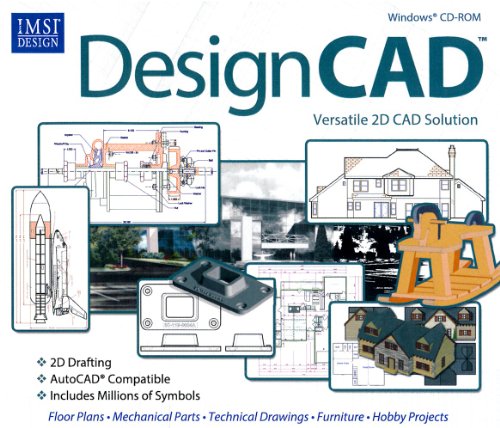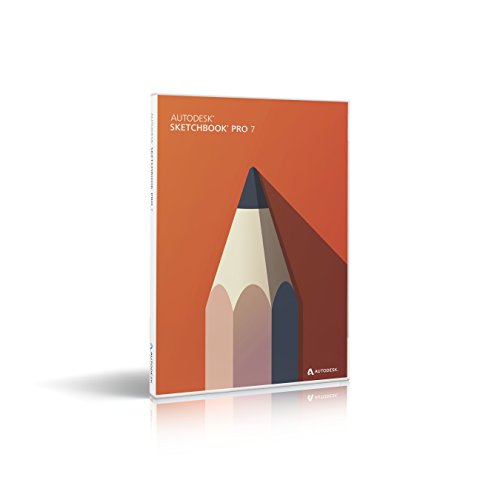AutoVue SolidModel Professional is a CAD file viewer, produced by Cimmetry Systems. As may be gathered from the fact that the program is now at Version 15.3, this product has been around for several years. The specific version reviewed here is the Professional version; there is a standard version offering a reduced feature set. The version being reviewed also has additional viewer support for a number of solid modeling file formats.
Requirements
The version of AutoVue reviewed was for Windows 95 or NT, though compatibility with later versions of Windows would be assumed. This review was performed using Windows 98 SE, with no problems encountered.
Although AutoVue claims this software could be run using an 80386 processor, they strongly suggest minimum hardware of an 80486. In either case this is quite impressive, as most CAD related software these days require not only a Pentium level processor, but a fast one at that.
In short, if your computer is able to run Windows 95 or NT reasonably efficiently, then AutoVue should also run successfully on that hardware.
Installation
The program was supplied on a single CD-ROM. Installation of the program used the popular InstallShield application, and ran without any problems. A valid serial number is required for installation, but no hardware lock or specific copy protection scheme seems to be employed, at least with single user versions of the program. A network version would also appear to be available.
A full installation will occupy about 80 megabytes of disk space, with some of this space taken up by on-line documentation, example data files and a substantial number of programming examples. The installation procedure does not offer any custom installation, so a full installation is the only type you’ll get. Documentation
At a time where software developers are increasingly employing electronic documentation, it is pleasing to see AutoVue provides extensive hard copy documentation. Three spiral bound manuals were included, being an AutoVue User’s Guide, a SolidModel User’s Guide (an addendum to the main guide) and an API (Application Programming Interface) User’s Guide . All were comprehensive, clearly laid out and easy to read.
This program appears to be one which is regularly updated, so the documentation does not appear to describe exactly what is in the actual program. On-line documentation should address this very minor point.
Operation
In operation, AutoVue is a very nice program to use. It has a clean, simple user interface with all functions logically placed. If a slightly confusing icon is encountered on the screen, a helpful text tip will always present itself on the status bar of the program to give enough information to know what is going on.
AutoVue operates best when it employs thumbnails. A disk directory can be specified and all the files in that directory will be displayed on screen in a thumbnail format. The loading of files, even when dealing with quite large solid modeler files, is commendably fast. The alternative to using thumbnails is a directory browser dialogue box. This works well, but the thumbnails just provide that little bit more information, in a more useful format.
Thumbnail display of a sub-directory. Thumbnail display of a sub-directory.
The range of supported file formats is very broad, covering 2D CAD, 3D solid modeler and various text and general PC formats. Good support for Microsoft Office formats is also included. I found this to be particularly useful, as I have on several occasions been sent PowerPoint or Word documents containing important information, but, as I don’t use Microsoft Office, determining the contents of such files can prove difficult. AutoVue resolves such problems easily, being able to read Excel spreadsheets, PowerPoint or Word documents without any apparent effort.
AutoVue claims support for over 190 file formats, with most versions of AutoCAD, CADKEY and Microstation covered, as well as IGES (version 5.2), Calcomp, HP-GL and HP-GL/2 plotter files, CGM (computer graphic metafile) and PostScript. Extensive coverage of Raster formats is provided, both for engineering-specific formats (such as CALS or TIFF Group 3 and 4) and more general ones (such as GIF, TIFF, JPEG, BMP or PCX). Finally, a broad range of Vector graphics, Fax, Word Processor, Database and Spreadsheet formats are also covered.
Beyond being just a file viewer, specializing in CAD formats, AutoVue offers a few, more specific features. “Redlining” is available. This is a feature whereby an operator can view an existing drawing using AutoVue and apply annotations to it without actually altering the drawing data itself. Interrogation of drawings can also be performed, either by measuring features in the drawing or checking the properties of entities within the drawing file.
Redline screen showing the cross-section created from the 3D model in the preceding images, with a redline leader added. Redline screen showing the cross-section created from the 3D model in the preceding images, with a redline leader added.
For solid models, a full set of model mass properties can be obtained, as can distances between points on the model.
The viewer displaying a 3D solid model of a sheet metal component. This shows the mass properties dialogue box and the distance measurement dialogue box features. The viewer displaying a 3D solid model of a sheet metal component. This shows the mass properties dialogue box and the distance measurement dialogue box features.
More than that, a cutting plane can be applied to a 3D model component, or complete assembly of components, and the 2D cross section viewed, or extracted as a DXF file. The DXF file produced is in a very useable form, with the cross-section constructed with lines and arcs, able to form the basis for further work.
The viewer displaying a 3D solid model of a sheet metal component. This displays the cutting plane feature, with a cutting plane placed through the part and the cross-section displayed. The viewer displaying a 3D solid model of a sheet metal component. This displays the cutting plane feature, with a cutting plane placed through the part and the cross-section displayed.
Wherever possible, solid models are displayed with a tree structure of component parts, maximizing the amount of accessible information available through AutoVue.
To expand the usefulness of AutoVue, a wide range of plug-ins have been provided for either the Netscape or Internet Explorer Web Browsers. These enable the Browser to view a substantial range of CAD file formats.
One of the more interesting aspects of AutoVue Professional is the substantial support offered through its API. Most of the functionality of AutoVue itself can be accessed by a programmer through direct API calls, or by using Windows DDE (Dynamic Data Exchange) to drive the process. Several examples are provided, with source code, for doing this using Visual C++ or Visual Basic, or within HTML for use on a Web Page. Although the examples appeared to load data much slower than AutoVue itself, they did provide an impressive level of functionality.
Conclusion
As would be expected of a program which is now in its 15th release version, AutoVue appears to be a robust, powerful, yet simple to use application. Upon first loading the program, I was able to access virtually all the features it has without needing to refer to the documentation, which is always a good indication a program has a logical user interface. I would not hesitate to recommend this program to anyone dealing with data from more than one CAD system, or who regularly gets information sent to them in unexpected file formats.







